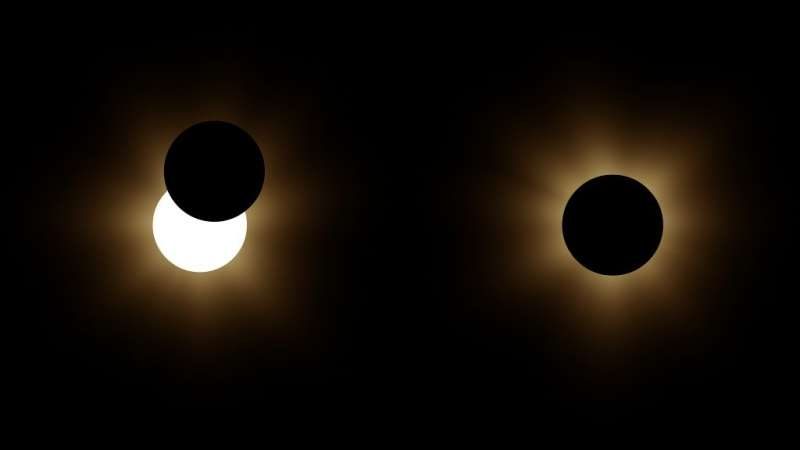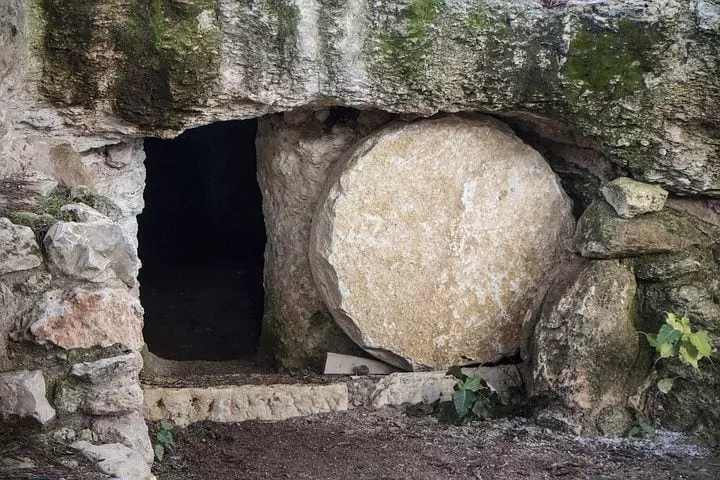[Editor’s note: I asked Jim for clarification on his belief about this since I’ve encountered people equally sure of the years 29, 30, and 33 AD for the death and resurrection of Christ. This article is his response.
Although such a topic may seem far afield from our usual creation vs. evolution discussions, it is still at the intersection of the Bible and science. It may not change anything about how you interact with others, but it can strengthen your confidence that we have not believed cleverly devised fables, but historically verifiable reality!]
Is 30 AD the Year of the Crucifixion?
To answer this question, I will combine information from Scripture as well as extra-biblical material on which there is much, but not total, agreement. Let’s begin with the year of Jesus birth:
- Year of Birth: We know from Scripture that Jesus is born at the time of the first Roman census (Luke 2:1-2) when Quirinius was Governor of Syria. A review of Roman documents describe this time frame as late October or November of 5 BC. We know that the second census, 10 years later, was in 6 AD at the same time of year when Caesar Augustus ruled.
- Year of Baptism: This birth date above would mean that Jesus was 12 years old at Passover in 9 AD as described in Luke 2:41-52. From these two dated events we can determine that Jesus is about 33.5 years old twenty-one years later at Passover in 30 AD. This is consistent with the Baptism of Jesus in August or September of 26 AD, in the fifteenth year of Tiberius (Luke 3:1-23) whose reign began in July of 11 AD. This is followed by a public ministry lasting a little over three-and-a-half years ending on Passover in 30 AD.
- Date of Crucifixion: The year of the Crucifixion is confirmed by several historians due to the darkness that occurred from noon until 3:00 PM on Nisan 14-Passover in 30 AD. It is important to note that the term ‘Passover’ can refer to Nisan 14, the Preparation for the Feast of Unleavened Bread, or Nisan 15-the first day of seven for the Feast of Unleavened Bread. The historians Phlegon, Thallus, Africanus and Tertullian all mention this three hour period of darkness that does not have a scientific explanation. It was neither a lunar or solar eclipse for many reasons. Eclipses do not last three hours and cannot happen during the full moon of Passover.

A solar eclipse can only happen at the New Moon (as here), not the Full Moon
Julius Africanus, writing about the historian Thallus states:
Upon the whole world there came a most fearful darkness. Many rocks were split in two by an earthquake, and many places in Judea and other districts were thrown down.
It seems very unreasonable to me that Thallus, in the third book of his histories, would try to explain away this darkness as an eclipse of the sun. For the Jews celebrate their Passover on the 14th day according to the moon, and the death of our Saviour falls on the day before the Passover. But an eclipse of the sun can only take place when the moon comes under the sun, how then could an eclipse have occurred when the moon is directly opposite the sun? (Scientifically it is impossible to have a full moon on the same day that there is an eclipse of the sun.)
The Roman historian Phlegon is mentioned by Origen who describes a darkening of the sun in the eighteenth year of Tiberius on Nisan 14-Passover which would be 30 AD. A few people have used this Roman history report stating the year of the Crucifixion is 33 AD. They mistakenly start Tiberius’ reign in 14 AD after the death of Augustus instead of the start of his joint reign in 11 AD.
On the Gregorian-Hebrew solar calendar found in ESC, the date of the Crucifixion is Friday April 5-Nisan 14, 30 AD. On this Hebrew solar calendar Nisan 14-Passover always falls on April 5 in a non-leap year and April 3 in a leap or special year on the Gregorian calendar we use today. This is clearly new information about the accuracy and inerrancy of the specific dates in Scripture.
This type of assessment of the Bible’s accuracy was only possible in recent years with computers, Excel spreadsheets, Bible software, and calendar converters like www.rosettacalendar.com.
Resources:
- ESC = Earth’s Sacred Calendar: The Dated Events of the Old Testament by Jim Liles; Pub 2014.
- CARM: Is there non-biblical evidence of a day of darkness at Christ’s death?
- Bible History.net The Crucifixion Darkness






